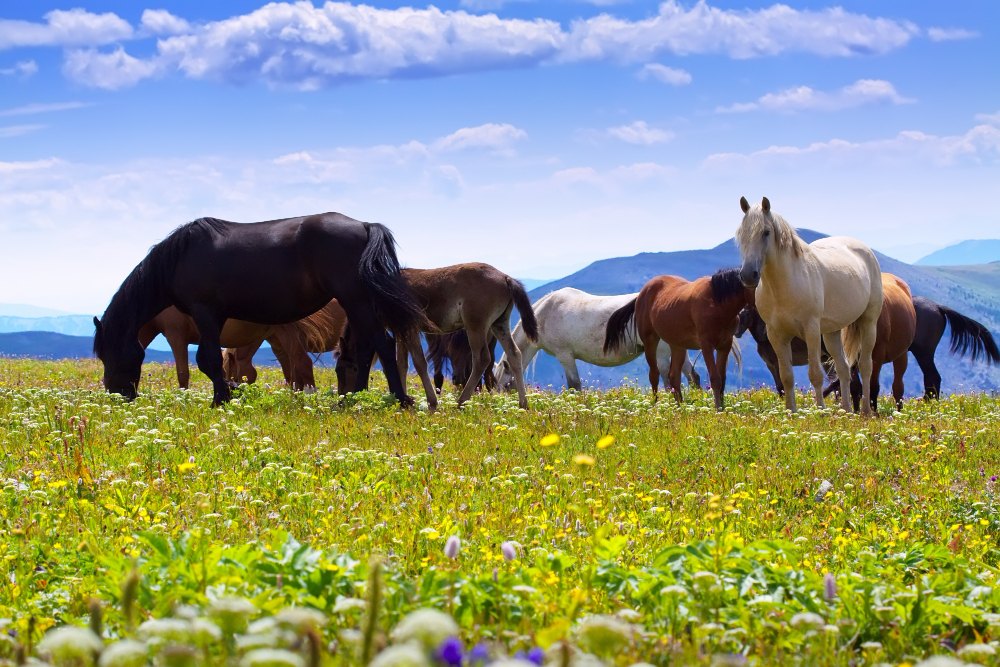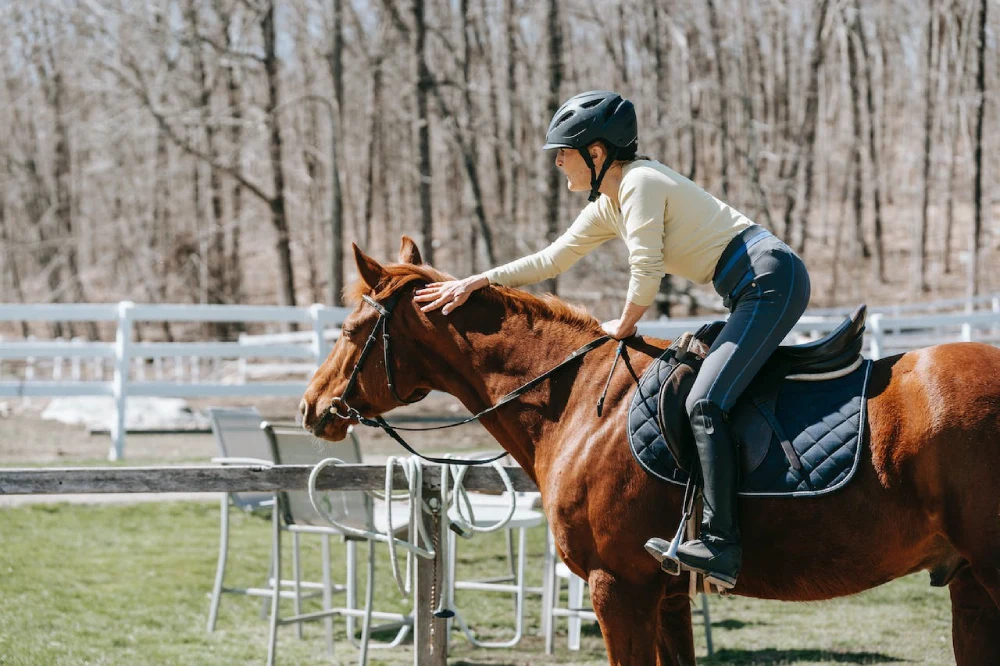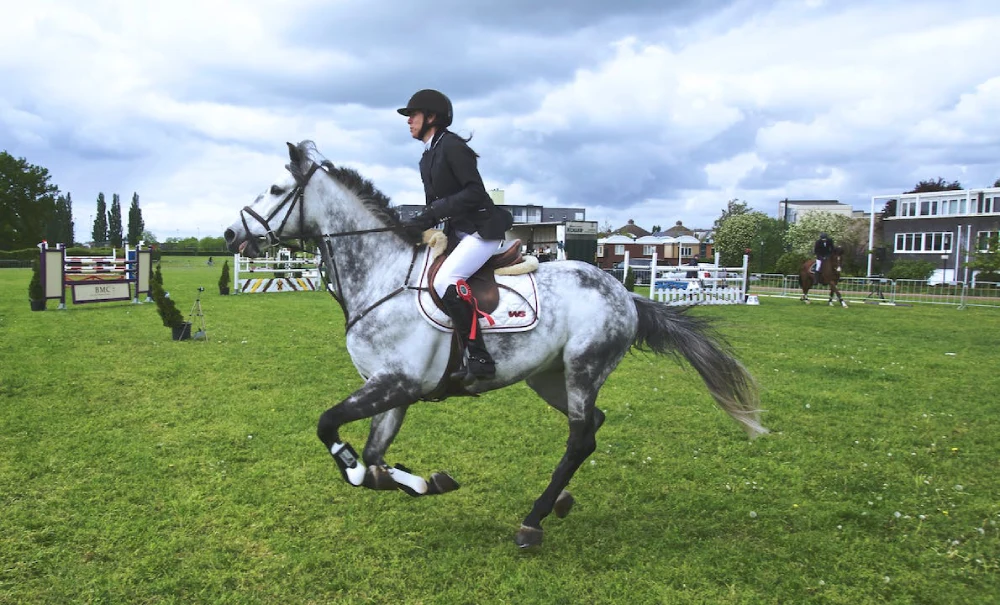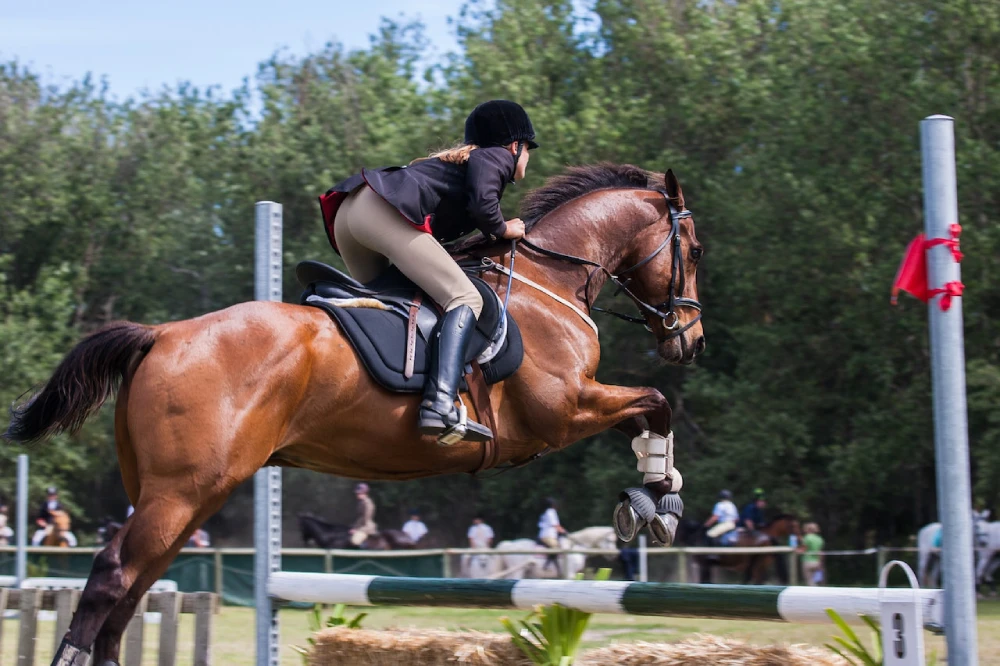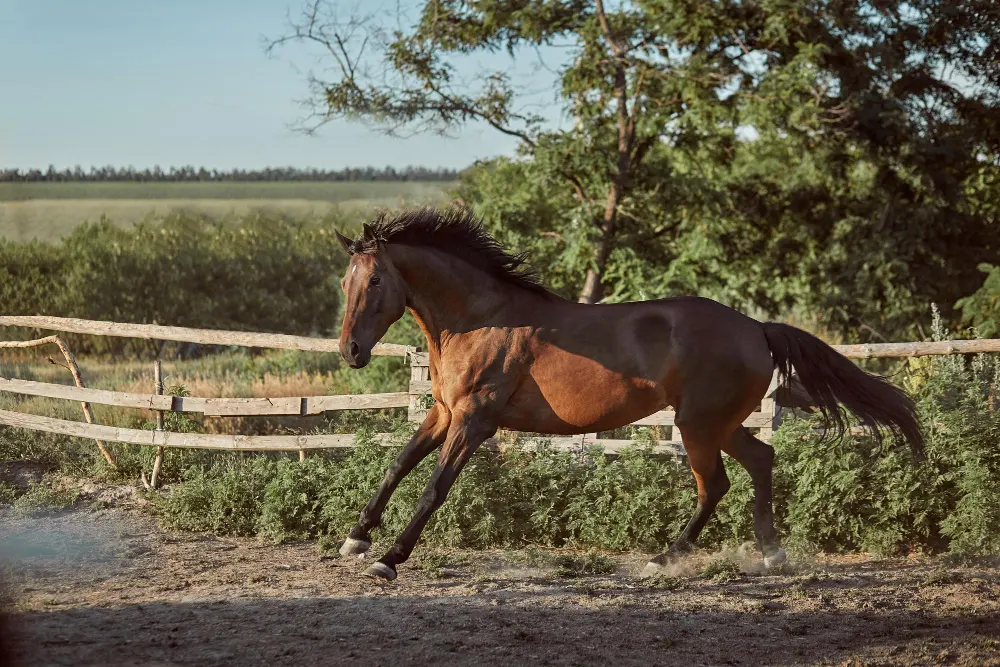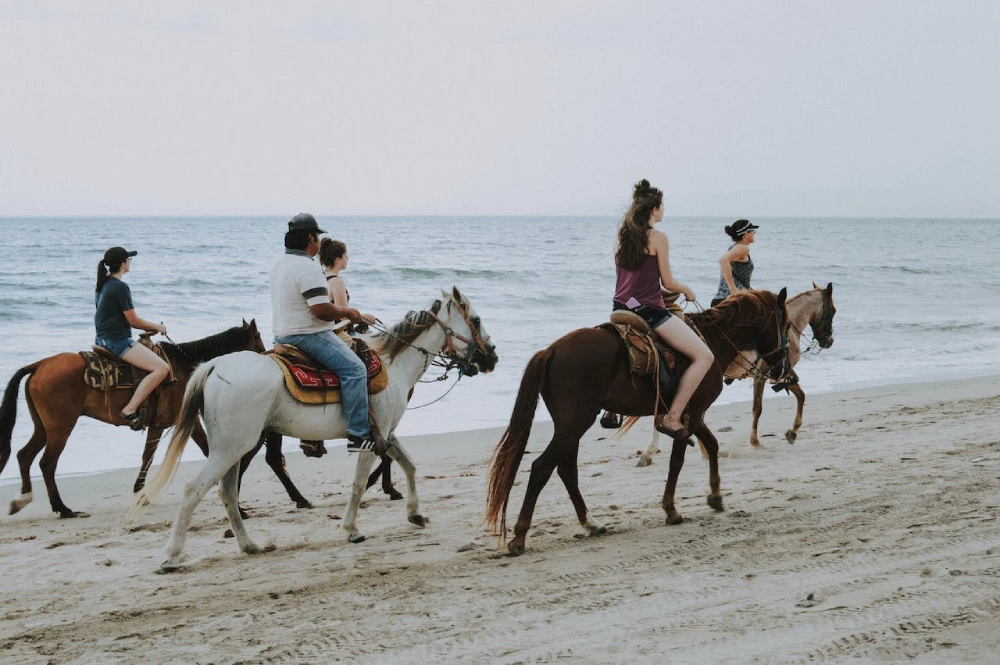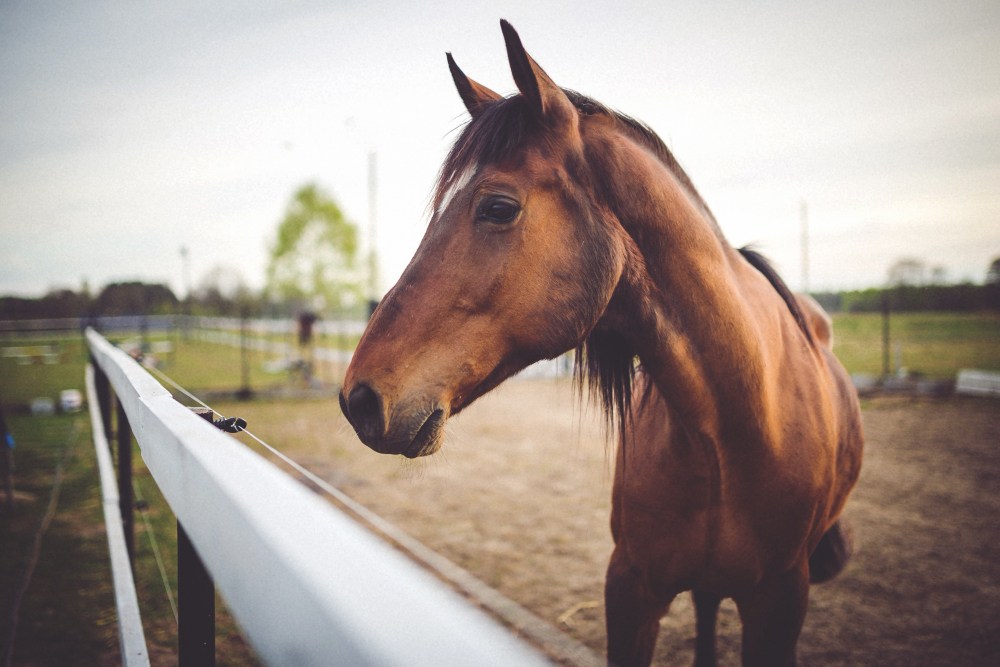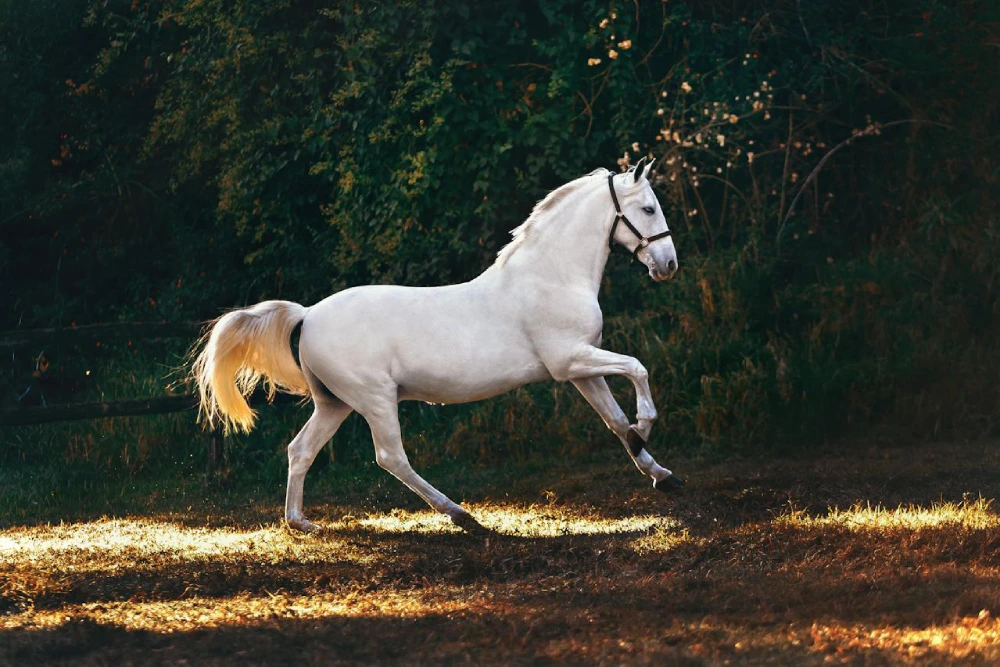Horses are one of the most recognizable animals around the world, but how much do you really know about them? From old Western movies to Black Beauty, horses are depicted in a variety of ways, and their versatility is not just for entertainment purposes. Horses have been used for everything from farm work to war and anything in between for hundreds of years, their existence has been integral to the development of society.
Where did such a magnificent creature come from? How should you act around a horse? What are horses used for today besides showmanship and fun? Their history is long, but here are some of the highlights.
Where Did Horses Come From?
Genetically speaking, horses from different continents used to be quite different from one another. The first domesticated horses came from central Asia somewhere around 4000 years ago, and they spread rapidly around the world replacing all other groups of horses. These domesticated horses were bred to have strong backs and a high stress tolerance so they could aid in transportation and other services. However, the word domesticated does not mean automatically easy to train.
Training a horse to be ridden or for any other task is no small feat, and should never be taken lightly. While these horses were capable of being trained thanks to their domestication, it still took a lot of work to make them manageable to humans.
How Do We Train Horses?
In the past, more often than not, people resorted to somewhat unsafe and likely inhumane methods to train horses for a life of service. Fortunately, this is rarely the case today, but that doesn’t mean it won’t take some guts.
The most common method of horse training today is positive reinforcement. The basic concept is that when the horse does something good that they’re supposed to do, they get a reward. If they don’t do what they’re asked to do, they won’t get a reward and may have to repeat the task several times.
Training a horse is simple, but it is not at all easy. When dealing with a 1,000 pound prey animal with sharp hooves and serious muscle, extreme caution needs to be taken at all times, even if the horse is already considered well trained. In addition to being extremely cautious, horse training also requires an abundance of patience, knowledgeability, and repetition. With that said, the results are often worth all the hard work and effort you’ve put in together.
How Should You Act Around a Horse?
It’s vitally important to proceed with caution around horses at all times. Even the most docile, friendly horses can get spooked and make a mistake, so you should never startle a horse or do something unexpected near them. Keep in mind that they are prey animals, so their first instinct is to run. If they cannot run but are still scared, they will fight, and even the strongest humans are no match for a spooked horse.
With that said, you should always ask permission of the owner/handler to go near or touch a horse that is not your own. If you are granted permission, approach the horse slowly from an angle that they can see you coming. Most horses prefer to be pet on their neck or back, but you should never go near the horse’s rear end. Their back legs are extremely powerful with sharp hooves, you don’t want to be caught on the other end of that.
If you are given permission to ride a horse, it’s important to follow every direction given to you. Don’t wiggle around on the horse, remain still and calm, and don’t push the boundaries you have been granted from the owner. If you are new to horses, it’s unlikely anyone would ever put you on a horse that was not incredibly well trained, so know that you’re in safe hands and hooves. However, stay alert to the horse’s behavior and your own for optimal safety.
What are Horses Used for Today?
The most common association with horses today is likely showmanship competitions. For Western style riding, this is usually depicted in rodeos or other various cowboy endeavors. For English style riding, the most common horse shows are for jumping or dressage, such as in the Olympics.
While showing horses can be a great deal of fun to participate in and to watch, some horses are solely used to train new riders or potentially disabled riders. These horses are usually a little bit older and therefore more docile, they don’t spook as easily. But these horses can be on the younger side, too, if this is what they were trained to do. These horses will be highly tolerant of a wide variety of human behaviors and are trained to be safe companions. But, even the gentlest of giants can get scared, so still proceed with caution.
Some horses are still used for work, such as on a farm or a ranch. These horses may be used to herd cattle or sheep, pull a plow or a trailer. They tend to be incredibly well trained for their craft, but they’re not always the type to take to a horse show or on a trail ride. Similarly to the needs of a Border Collie, they live to work and enjoy every minute of what they do, but they also enjoy the occasional nap breaks throughout the day.
While we may not use them as our main mode of transportation these days, horses still play an important role in society, sports, and farm work. They require a lot of work and even more upkeep, but nearly everyone who has or is often around horses will tell you that they are more than worth it. Horses have brought us a long way as a society, and they aren’t slowing down anytime soon.
